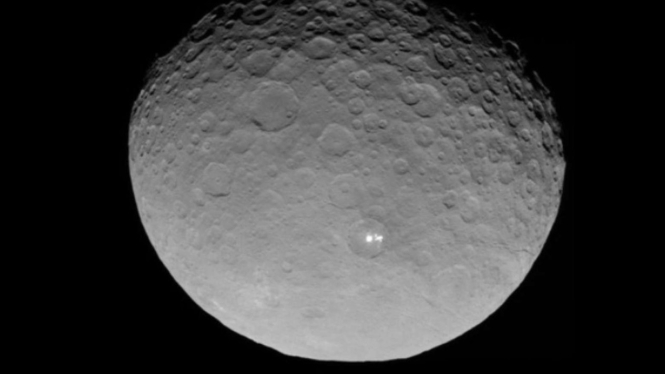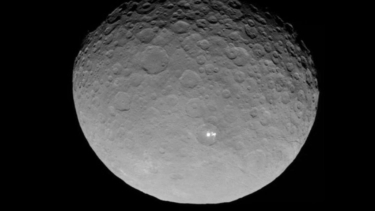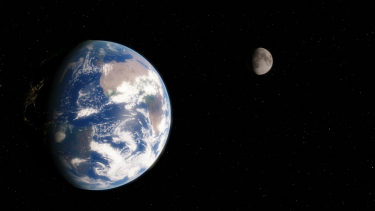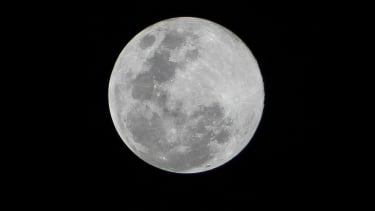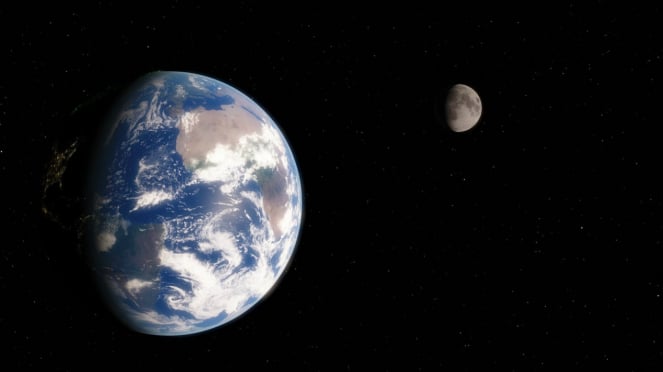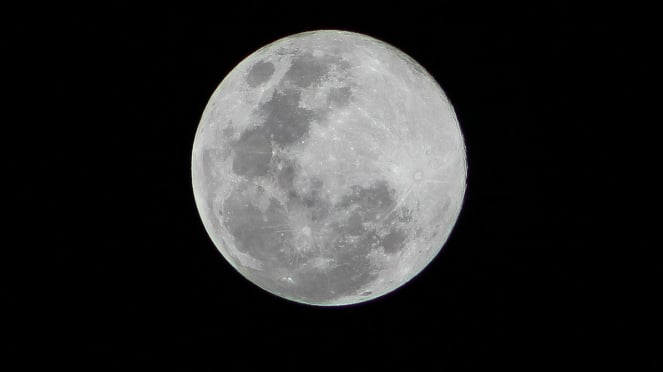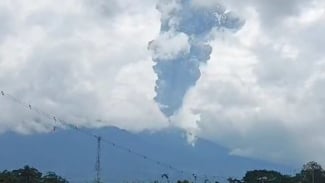- NASA
Jakarta – All planets in our solar system come in two forms, rocky and gaseous. But all the moons in our solar system are rocky, even those orbiting the gas giant Jupiter. There are two possible reasons why there are no gas moons.
Outside our Solar System, more than 5,500 exoplanets have been discovered, but only 2 exomoons (moons outside our Solar System) have been found, although they are not 100% confirmed.
Ilustrasi Bumi dan Bulan.
- www.pixabay.com/
Both exoplanets are gas giants orbiting larger gas giants.
Before finding out why the Moon didn't form in gaseous form, it's worth discussing how gas planets form. There are two known gas planet formation scenarios: bottom-up and top-down formation.
Bottom-up formation of gas planets
The bottom-up scenario is how the gas giant planets in our Solar System formed. Scientists believe that 4.5 billion years ago, the sun was still surrounded by a disk of gas and dust.
This disk was the protoplanetary disk where all the planets formed. At first, the planets accumulated as rocky bodies, and continued to grow as dust, pebbles, and asteroids accumulated.
Some only grow to the size of Mars or Venus, but others continue to grow to form giant rocky planets that can reach 10 times the mass of Jupiter.
As they grow, these gas planets have strong gravity to pull gas from the protoplanetary disk.
How much gas they collect depends on gravity and how much gas is available nearby.
Ilustrasi Bulan.
- Twitter/@ikhsan_jayaa
Top-down planet formation
The top-down scenario forms directly from the collapse of a gas plume inside a nebula, an interstellar cloud made up of dust, gas, and plasma. However, there is a minimum amount of mass that can result from the top-down formation process.
Large clumps of gas shrink under their gravity and heat up as they are squeezed into smaller, denser volumes.
When gas is hot, it floats, so to continue shrinking, the gas blob must release its heat. As a result, astronomers often see collapsing gas clouds glowing in hot infrared light.
However, there is a limiting factor called the blur limit for fragmentation. Sam Pearson from the European Space Agency (ESA) says that this process will emit enough heat to cool the gas and still collapse, depending on the opacity of the dust, as well as its temperature and density.
The smaller the volume, the denser and more opaque the dust, and the less efficient the process of releasing excess heat due to gravitational contraction. So, nobody smaller than 3 times the mass of Jupiter can form in a top-down process.
The answer to why the solar system has no gas moons. Most of the moons in the solar system formed through a bottom-up core accretion process. This happens in the disk of leftover material that surrounds the parent planet.
Since the host planet has absorbed most of the material, there is no material left to form massive moons, as it does not have strong gravity to pull in much gas.

